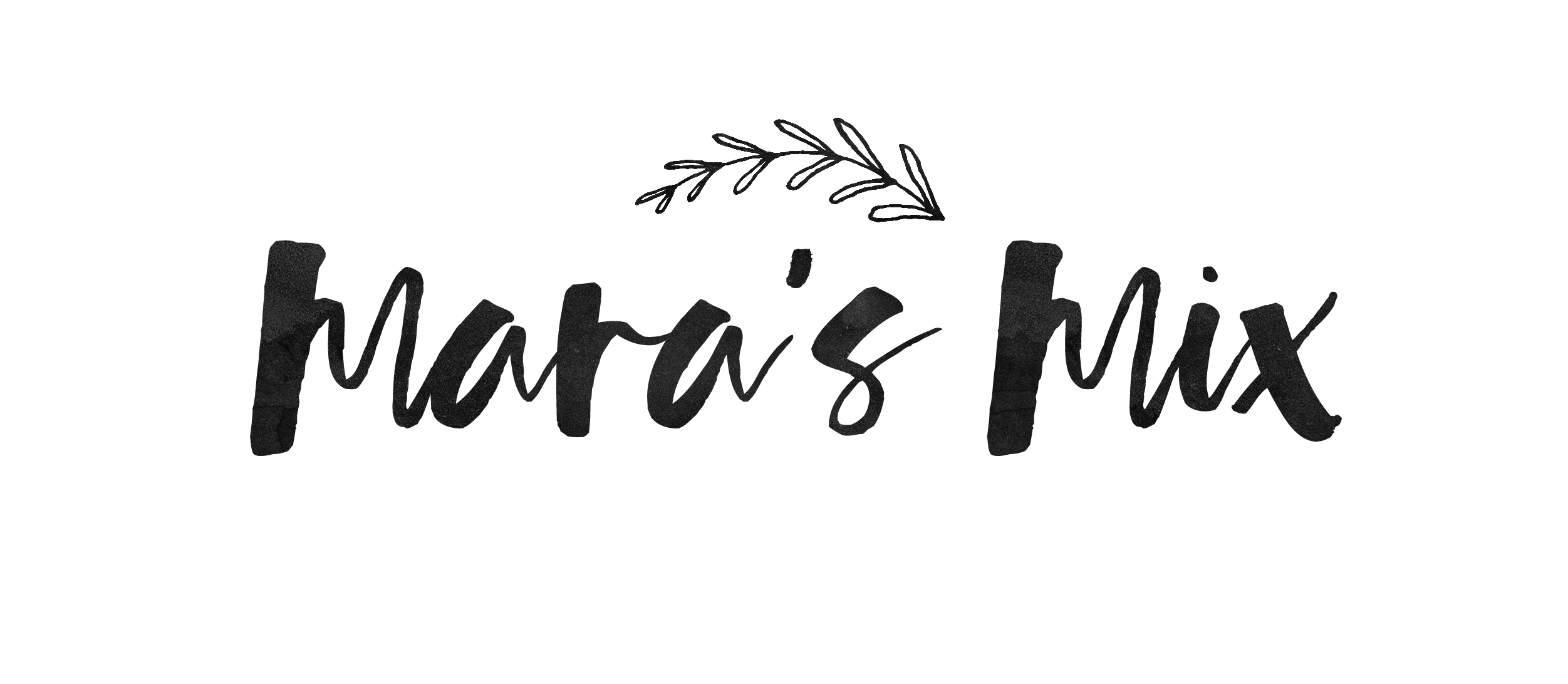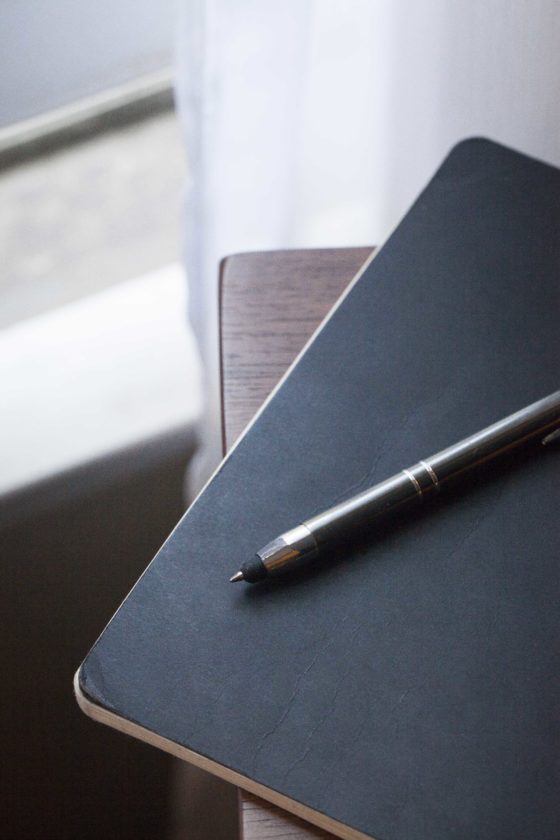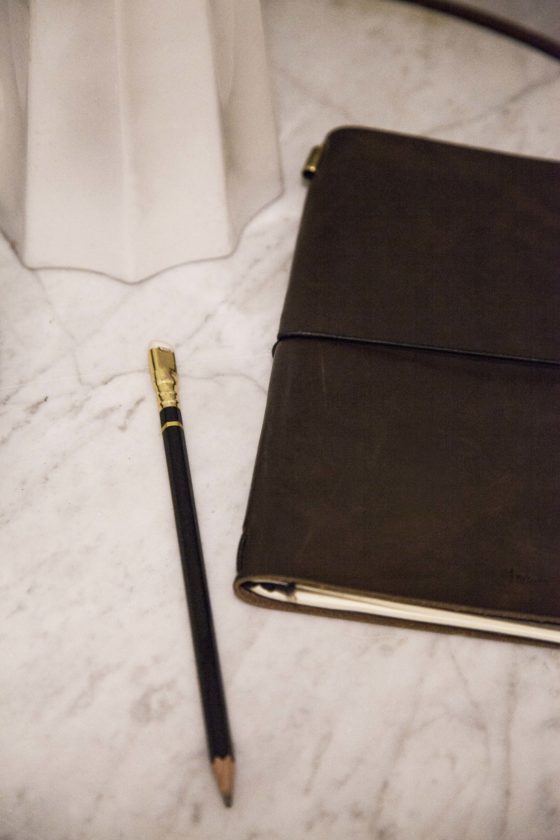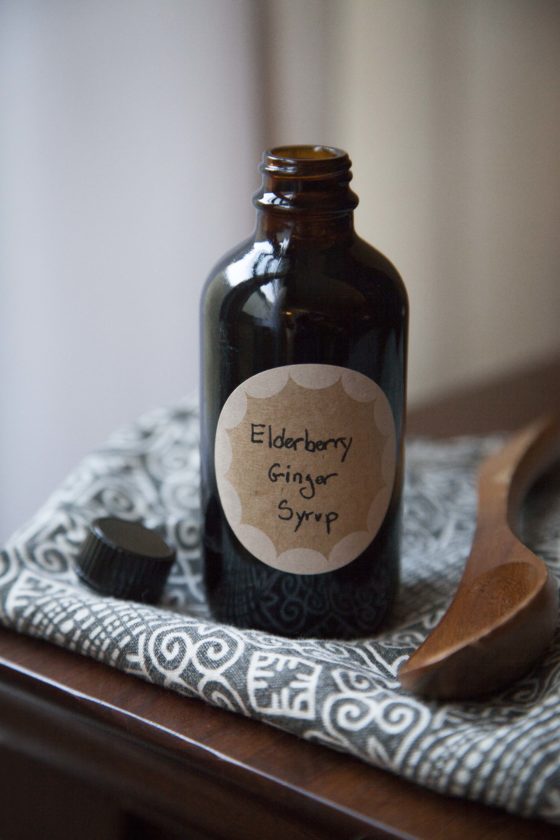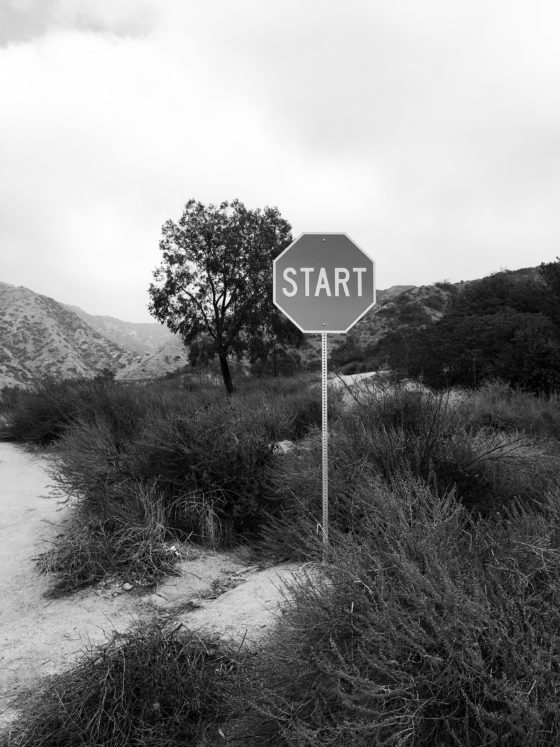I know, I know….it’s been a while. So let me explain. I’ve been in the process of launching my creative consulting business which is super exciting but as you can imagine, very time-consuming. Sometimes tasks I anticipate will only take an hour somehow eat into a whole day of work! Regardless, it’s been one of the most rewarding experiences next to making the Division I rowing team in college. While I try to keep everything running as efficiently as the latest Tesla, I had to shift some priorities. But now I’m back and will be sharing some more exciting news about my business very soon!
In the meantime, please enjoy this post about how to make a medicinal oregano tincture!
Oregano Tincture
So you might be wondering, what is this business with tinctures and extracts? Maybe you’ve seen them at a natural food or holistic health shop. A tincture is a concentrated herbal extract utilizing alcohol as the solvent. An extract uses water, vinegar, or glycerine as the solvent. With a tincture you can use any type of spirit but using a neutral one like vodka will highlight the natural herb flavors. You can take a dose straight from the dropper or diluted in tea or warm water. And they’re typically made using fresh or dried flowers, leaves, roots, bark or berries.
The beauty of making these tinctures at home is that you really don’t need many supplies. Just your herb of choice, a solvent, glass jars, amber glass dropper bottles and a few simple kitchen utensils. The recipe below comes directly from Mountain Rose Herbs, a well-known and trusted herb supply company based in Oregon.
I chose oregano because I have a plethora of it growing in my Malibu garden and it contains high amounts of Omega-3s, Iron, Manganese, and antioxidants. Oregano is also known for its antibacterial properties, and is even being studied by the mainstream medical community for its potential benefits. Much like elderberry, oregano is great for boosting your immunity and excellent taken at the first sign of a cold. Given its anti-bacterial/anti-viral properties, it’s also a great remedy for gastro-intestinal distress and research has shown it can kill food-borne pathogens like Listeria. Its high antioxidant properties make it excellent at fighting cellular deterioration and it has been researched for its cancer-fighting properties. You can find more details about the health benefits in this article.
As always, if you are taking any medications or are pregnant (or planning to get pregnant), please check with your healthcare provider. Although oregano is a safe herb, tinctures can be potent and I’m not a licensed herbalist or doctor so use these recipes and any others with caution.
Recipe from Mountain Rose Herbs
Fresh Herbal Material: Leaves & Flowers
• Finely chop or grind clean herb to release juice and expose surface area.
• Only fill the jar 2/3 to 3/4 with herb.
• Pour alcohol to the very top of the jar. Cover plants completely!
• Jar should appear full of herb, but herb should move freely when shaken.
Dried Herbal Material: Leaves & Flowers
• Use finely cut herbal material.
• Only fill the jar 1/2 to 3/4 with herb.
• Pour alcohol to the very top of the jar. Cover plants completely!
Fresh Herbal Material: Roots, Barks, Berries
• Finely chop or grind clean plants to release juice and expose surface area.
• Only fill the jar 1/3 to 1/2 with fresh roots, barks, or berries.
• Pour alcohol to the very top of the jar. Cover plants completely!
• Jar should appear full of herb, but herb should move freely when shaken.
Dried Herbal Material: Roots, Barks, Berries
• Use finely cut herbal material.
• Only fill the jar 1/4 to 1/3 with dried roots, barks, or berries.
• Pour alcohol to the very top of the jar. Cover plants completely!
• Roots and berries will double in size when reconstituted!
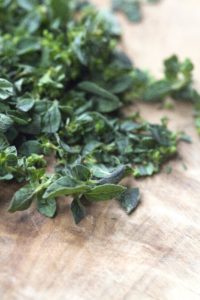
Alcohol Percentages
40% – 50% (80-90 proof vodka)
• “Standard” percentage range for tinctures.
• Good for most dried herbs and fresh herbs that are not super juicy.
• Good for extraction of water soluble properties.
67.5% – 70% (½ 80 proof vodka + ½ 190 proof grain alcohol)
• Extracts the most volatile aromatic properties.
• Good for fresh high-moisture herbs like lemon balm, berries, and aromatic roots.
• The higher alcohol percentage will draw out more of the plant juices.
85% – 95% (190 proof grain alcohol)
• Good for dissolving gums and resins – but not necessary for most plant material.
• Extracts the aromatics and essential oils bound in a plant that do not dissipate easily.
• The alcohol strength can produce a tincture that is not easy to take and will also dehydrate the herbs. Stronger is not always better!
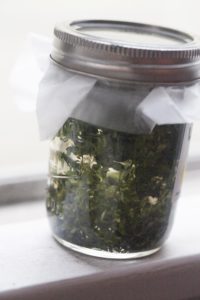
To make things easy, you can use a plastic lid. If you’re using a metal lid, protect it from corrosion by placing a piece of parchment paper underneath the lid (a plastic sandwich bag works well too), and then screw the lid on tightly. Store your tincture in a cool, dry, dark cabinet. Shake several times a week and check your alcohol levels. If the alcohol has evaporated a bit and the herb is not totally submerged, be sure to top off the jar with more alcohol. Herbs exposed to air can introduce mold and bacteria into your tincture. Allow the mixture to extract for 6-8 weeks.
Once it’s ready, drape a damp cheesecloth over a funnel. Pour contents of tincture into an amber glass bottle. Allow to drip, then squeeze and twist until you can twist no more! Optional: Blend herbs into a mush and strain remaining liquid. Keep extracts in a cool, dark place and your tinctures will last for many years.
Once you’ve strained and bottled your tincture, be sure to label each bottle with as much detail as possible. Take one adult dose, two droppers full, for any of the ailments listed above by mixing it in your tea or water.
Important details to note on your label:
- Common Name
- Latin Name
- Part Used
- Fresh/Dried
- Alcohol %
- Habitat/Source
- Date
- Dosage
Enjoy!!
